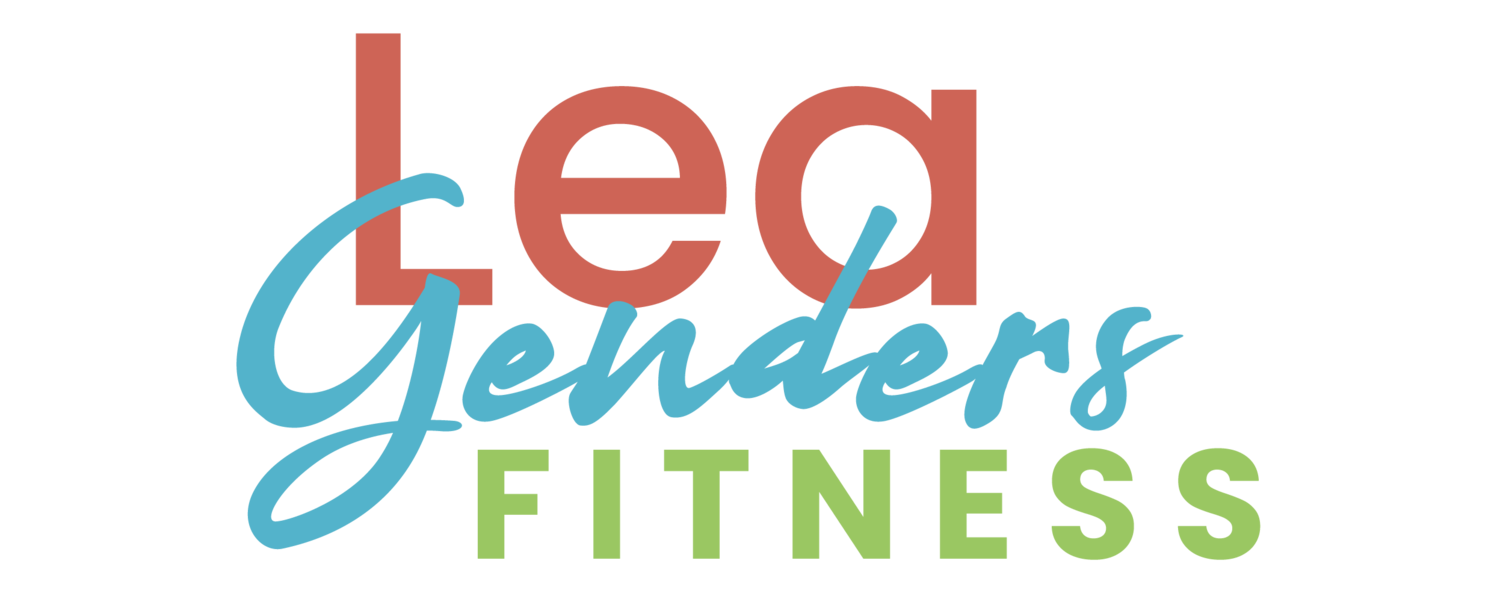Every fall, when the clocks turn back and we “gain” an hour, most people talk about how nice it will be to sleep in. Years ago, back in 2016, I wrote a post about using that extra hour to get back into morning workouts. It was practical and timely, helping many people reset before the holiday season. Now, here we are again. Next week in the U.S. marks the end of Daylight Saving Time, and it’s a great opportunity to pause and reevaluate our habits.
Why the Time Change Opens a Door
The end of daylight saving time creates a small window where your internal clock and the actual clock disagree. If you usually wake up at 6:30, your body will still feel like it’s 6:30 even when the clock says 5:30. Waking earlier can feel smoother for a short period.
It also leans into what behavior change research calls fresh starts. When the environment shifts, your brain becomes more open to new patterns. You don’t have to muscle your way into a different routine. You can ride the season’s natural momentum.
How My Coaching Has Grown Since I First Shared This Idea
It is still one of the easiest opportunities to reclaim a morning routine, but I’ve also grown as a coach and trainer since I wrote that original post. My understanding of habit formation, identity, energy management, and self-compassion is deeper now. The idea still works, and how we approach it makes all the difference. This time, I’m sharing the same concept with more flexibility, more honesty, and more mindset awareness than I had in 2016. Yay growth!
Why Morning Movement Can Help
I’m not here to tell you when is the best time to workout. That depends on when you’ll do it consistently. Still, mornings offer real advantages for many people.
When you move before the day gets busy, interruptions drop. You stop the afternoon debate about whether you’ll “still go later.” You begin with a win and carry that focus into the rest of the day. In my work with clients, those who move in the morning often are more consistent overall and feel more grounded throughout the day because they have already made one solid decision for their health. It works for me personally, but just because it works for me does not mean it is right fit for you.
Sleep Is Also a Win
There’s something important I didn’t say clearly enough back in 2016: Using the extra hour to sleep can be the healthiest choice.
Rest improves recovery, mood, energy, performance, and consistency. If you are tired, taking the hour to recharge is productive. There is no prize for grinding through fatigue to say you worked out early.
The goal is not to always do more. You win when you make choices that support your well-being. Morning workouts are one way to do that, but not the only way.
“I’m Not a Morning Person”… But Is That the Whole Story?
There is real science behind chronotypes. Some people wake earlier by nature, and others feel sharper later in the day. Biology plays a role, but it doesn’t tell the whole story. According to my Oura ring, I fall into the “morning type” category, which surprised me. Sure, I get up early now, but that never matched how I lived for most of my adult life. It made me wonder if I had trained myself into a late-night rhythm for so long that it started to feel like my identity.
Habits and environment shape how you feel at different times. When you stay up late and sleep in for years, your body learns that pattern. Any shift in routine feels uncomfortable at first, even if the new rhythm ultimately feels better.
For a long time, I said I wasn’t a morning person. I treated it like a fixed trait. Then I paid attention to how I felt after a morning workout. I liked the clarity, the focus, and the sense of accomplishment. So maybe my Oura ring was onto something. Maybe I feel like a morning person now because I go to bed earlier and wake up earlier. Or maybe I always was one, and I spent years working against how I’m naturally wired. Who knows? But it doesn’t matter.
Because that led to a better question. What changes when I behave like a morning person for a week? That might look like an earlier bedtime, clothes set out the night before, less scrolling late at night, and a few minutes of movement before email in the morning. Repeated actions build identity. Show up often enough, and your brain starts to believe the story your behavior is writing.
Make Morning Workouts Easier
If you want to use the time change as an experiment, keep it simple and supportive.
1. Decide before bed.
Pick a wake-up time and honor it as you would a meeting. Follow through on your commitment to yourself.
2. Set the stage.
Lay out clothes, fill a water bottle, cue a playlist, and have a plan. Fewer choices make activation easier.
3. Choose a movement you enjoy.
Walk, run, lift, or stretch. Pick something that feels good so you’re willing to repeat it tomorrow. No one wants to get up early to spend an hour in the pain cave. You might do it once, but it’s harder to repeat.
4. Keep week one light.
Aim for easy effort and short durations. Ten to twenty minutes is enough to build a streak. There is always room to grow, you don’t have to start at 100%.
5. Use the dial mindset.
Some mornings will be short and light, others longer and more focused. You can dial your effort up or down based on your energy or schedule, but you keep the habit alive either way.
What Matters More Than the Wake-Up Time
Back then, I treated the time change as a clever hack. Today I coach the deeper layers.
I focus on helping people lead their day with energy in mind. I encourage routines that align with what they value. I teach habits that support real life, not an ideal schedule. I help people design environments that make the identity they want easier to live out.
Morning workouts can change the feel of a day. The bigger win is becoming the kind of person who protects energy, moves with intention, and makes choices on purpose.
Use the Season as an Invitation
The end of daylight saving time doesn’t demand a specific move from you. It offers a choice. Sleep if you need rest. Try an early workout if you want a head start. Use the shift to reflect on the story you’ve been telling yourself about mornings and write a new one with your actions.
If you want more control over your mornings, this is the easiest time of year to test it. And if you try it and evenings truly work better, you’ve learned something valuable and made a conscious choice. That is progress worth keeping.
Questions? I’d love to help.
Lea
Lea Genders is a board-certified health coach, personal trainer, and workplace wellness consultant based in Fort Worth, TX. She offers corporate wellness programs for employee health and productivity, as well as in-person and virtual training / coaching for individuals worldwide. Her blog shares expert guidance on strength training, running, and sustainable nutrition @fortworth_trainer











Forget the pressure to "end the year strong." This December, I am exploring a different approach: ending the year soft. Learn how compassion, rest, and grace can set you up for a healthier New Year than pushing ever could.